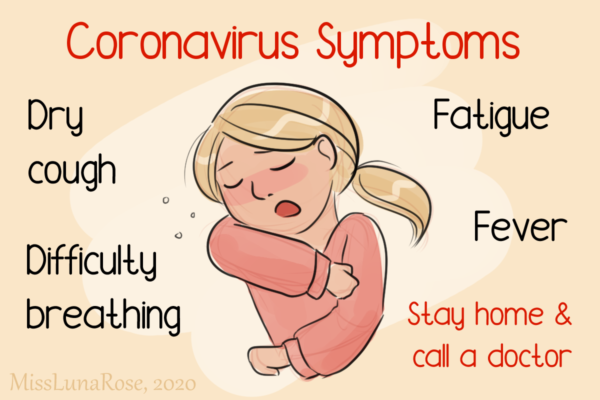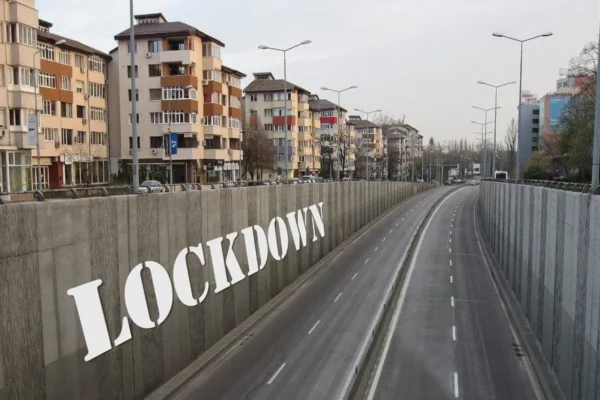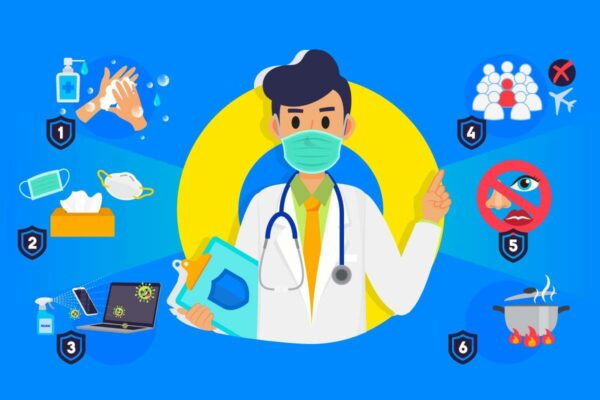Covid-19 in India: A deadly virus that ravaged the entire nation.
Covid-19:The year 2019 ended with ease, and 2020 has a stellar beginning. Things were going inflow in India until February 2020, then news channels flooded with unknown virus news from China. Later the virus came to know as Coronavirus, which first outbreak in Wuhan, Hubei, China, in January 2020.
Coronavirus came out as a deadly threat to the human race. It now only has an ebullient beginning but also marked a watershed in Indian history. This disease caused a scorching situation in India. Many people lost their lives during this period. People who died due to this disease were expelled from their traditional ways of burial.
People of any age can be infected and transmit the virus. However, older people and people with pre-existing medical conditions seem more likely to develop severe illnesses. In less than five months COVID-19 outbreak spread to all states and union territories, infecting more than five lakh people.
Covid-19 in India
The first cases of covid-19 in India were reported on 30 January in three districts of Kerala. Among three Indian students who have returned from Wuhan, the epicenter of the pandemic, the lockdown was announced in Kerala on 23 March and in the rest of the country on 25 March. Before lockdown, Janta curfew was proposed in India on 22 March. The lockdown created a hustle in the life of people.
It was a totally new experience for the people as well as the children. It was indeed a sensible decision by the government as it was the initiative taken to stop the spread of the virus. During the lockdown, all the educational, entertainment, and all other kinds of places were shut down, and there was a specific time given for basic essential services. The government also suspended all kinds of travel; even the local outing was shut down.
Education shifted to a distant mode through online teaching, and e-commerce increased, e-transactions reached their heights, gatherings were suspended even for weddings and funerals, no festive processions were allowed, pilgrimage centers also shut down, shops, malls, cinemas everything was suspended. It was totally home living time. Migrants workers returned back.
Battle against Covid-19
The major symptoms of the virus were respiratory illness, mild fever, loss of taste, weakness, cough, and cold. The symptoms differ in people of different ages, but these above-mentioned symptoms were common among all. The less common symptoms included aches, pains, sore throat, diarrhea, and conjunctivitis.

The most severe symptoms were difficulty in breathing, shortness of breath, chest pain, loss of speech and movement. It was observed people with weak immune systems were more prone to the virus as compared with people with strong immunity. People with these symptoms were asked to seek immediate medical help from doctors and isolate themselves from others. It was recommended to stay away from people having an infection.

To prevent the spread of the virus, everyone needed to wear a mask, keep sanitizer with them, frequently wash hands and maintain social distance. These preventive measures were strictly enforced on people. Contactless payments and deliveries were made into action. In fact, the pandemic brought a new urge in digitalization.
People are now more updated with digital transactions and e-commerce—people coordinate with the government in their best possible ways. Self-initiation is the first step in the prevention of anything. Several awareness steps were taken, like walls were painted with the message of social distancing, wearing the mask, sanitization, etc. Caller tune of covid -19 prevention came into action, now everyone is updated with covid-19, and people are trying their best to avoid it and are following all the norms of it.
During the pandemic, people were facing a lot of crises, especially financial problems. Many people came forward with helping hands and indeed served the people in their best ways. Everyone was doing their best in their way. Many NGOs came forward, and many more wealthy faces contributed a lot in the time of crises.

We can’t even speculate how people came forward with the help. It was the most difficult time for daily wage workers who earn for their appetite daily, like rickshaw pullers, vendors, laborers, cobblers, barbers, and many more. The condition of slum areas was heart-wrenching as people were dying of hunger. The government distributed free rations to people, and many NGOs came forward with helping hands for the needy and poor. This battle of lockdown was fought with unity and hence proved to be successful.
As days pass-by there was a reduction in the number of cases, and accordingly, ease was given to people, and slowly unlocking started. With proper guidelines and instructions, people were allowed to return to their works, weddings with small gatherings commenced, gyms, cinemas, and shopping places opened with complete guidelines and social distancing.
All the places were sanitized before opening. Transport services resumed, the movement started but with e-pass. Besides this, educational institutions still continued with the online mode of study. Flights movement was still restricted; only emergency flights were in action.
With the ongoing fight with corona, the country successfully managed to develop a vaccine. Equitable access to safe and effective vaccines is critical in ending the covid-19 pandemic; it’s hugely encouraging to see so many vaccines providing and going into development. Safe and effective vaccines are a game-changing tool.
Still, we should continue wearing a mask for the foreseeable future, cleaning our hands, ensuing good ventilations indoor, physically distancing, and avoiding crowds. Everyone needs to get vaccinated. Pregnant women and children are exempt from vaccines for now, but we hope to have a vaccine for all in the coming time.
Many traveling agencies and places are permitting only vaccinated people, and hence it is an excellent step to get people vaccinated. Every country is busy vaccinating its citizens to ensure a corona-free nation in the coming years and eradicate its spread. India is doing its best to vaccinate its people and even distribute free vaccines to people, which is a great initiative.
Edited by Sanjana Simlai.




